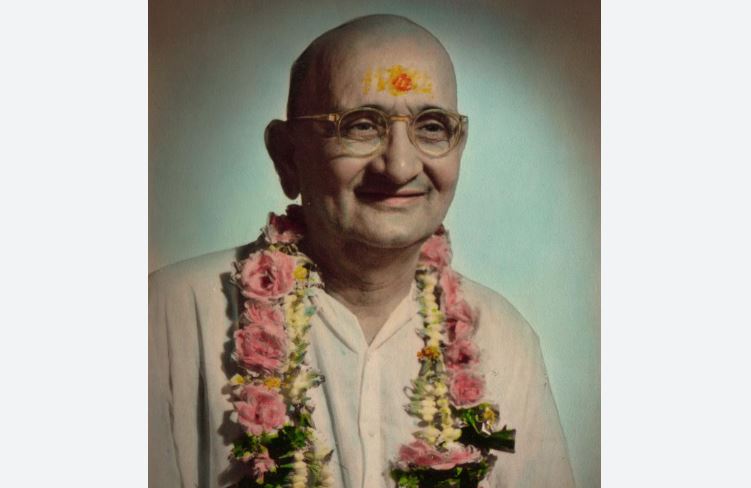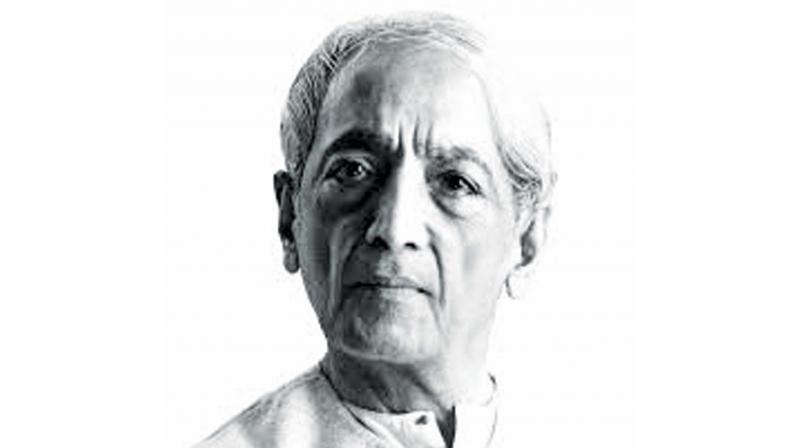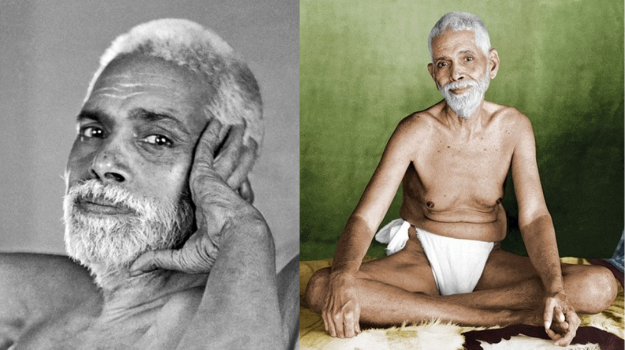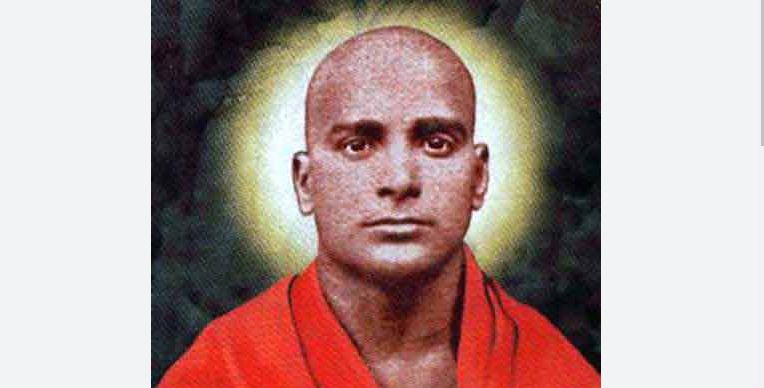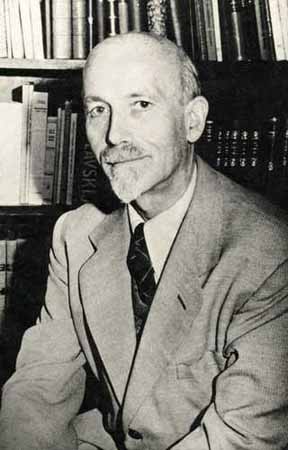
It is not uncommon to hear some one express confidence that he would recognize a spiritual man if he met one. This, however, is not always possible. High spiritual attainment, even complete liberation, is not always recognizable. Naturally, it is not easy to give examples of this, for this very reason that they are not recognized, but one very striking one is that of Christ before he set forth on his mission.
According to Christian doctrine, he was born without original sin (which means Self-realization from birth) and attained no new state when he went forth on his `Father’s business’; and yet he exerted no influence on others before that but went completely unrecognized.
Not only is there no record of crowds flocking to Nazareth, as they would have in any country or age to the seat of one recognized as a holy man, but, on the contrary, when he returned there with his disciples his fellow-townsmen expressed surprise, if not incredulity that the local carpenter should have turned out a prophet.
The Maharshi also was not recognized when he first attained Realization but only later when he began to shed Grace on others and act as a Guru.
The reason for this is that it is not a man’s inner state which is felt by others but the Grace flowing through him towards them. Perceptible Grace may thus flow through one who has not attained the Supreme Identity (as has been the case with many saints) or even through one who has not attained any spiritual state at all; and again it may not through one who has.
There may be other spiritual functions besides the guidance of disciples, for some of which anonymity is desirable. If so it will be maintained.
With a guru, of course, the question of recognition ought not to arise, since it is, so to speak, his function to be recognized. It is important that he should be, because my saying that perceptible grace can flow through one who has not attained does not mean that he can guide others farther than he has gone himself.
There may be other and more exoteric purposes for which the Grace is channeled through him, but as a guru he can only guide as far as he has gone. That was the real ground for the Buddha’s dissatisfaction with the gurus he went to before attaining Enlightenment.
Finally he attained Enlightenment with no outer guru. The disciple who sets no limits to his aspiration needs a guru to whose achievement there are none.
Actually, recognition of a guru is complicated by impurities in the disciple which make him imagine perfection where it does not exist and overlook it where it does.
A guru normally guides his followers along the path which himself trod, and Bhagwan’s approach to Realization was through an act of self-enquiry unconnected with the forms of the Hindu or any other religion.
This also was what he taught. He came as an answer to the needs of our age, proclaiming a path which, with his grace and support can be followed by aspirants in any religion, and indeed whether they observed any religion formal religion or not.
It might be thought to follow from this that Bhagwan’s initiation would be freely and openly given; on the contrary, it was concealed. Had it been open, the constant stream of visitors from India and abroad would have demanded it, putting Bhagwan under the necessity of accepting one and rejecting another; for ordinarily many seek initiation without pledging themselves to the quest, merely as a spiritual tonic. As it was, the aspirants’ own understanding or lack of it performed the selection which in a secret order would be performed by the guru.
Excerpted from ‘My Life And Quest.’ Arthur Osborne was an influential English disciple and biographer of Ramana Maharshi.
Arthur Osborne

